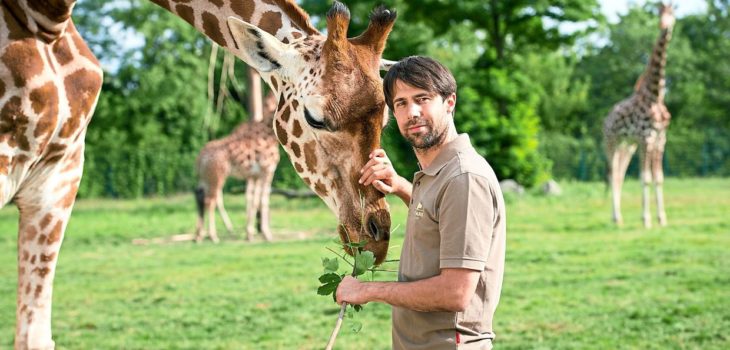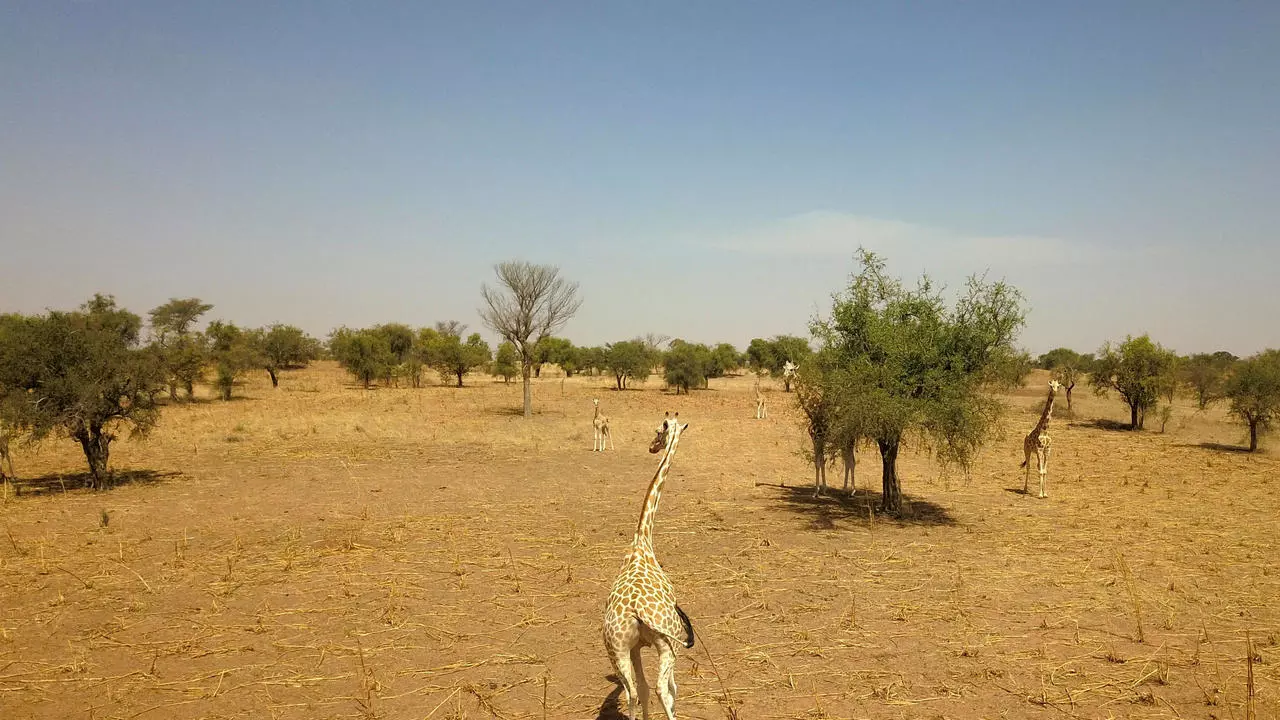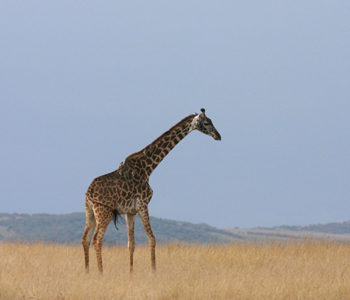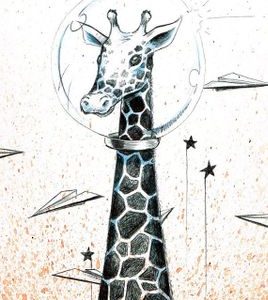 Giraff’Info
Giraff’Info
They eat their sleep away
Eight hours of sleep would be heaven for a giraffe. The gentle and sensitive animals sleep only about four-and-a-half hours within 24 hours – and not even at a stretch.
“This is also due to their enormous size and the fact that they consume leaves, which are low in energy, ” says Florian Sicks, biologist and curator at the Wildlife Park Berlin. Or, to put it differently, giraffes simply need a lot of time to eat.
Other than lions, who like to rest for hours after a rich meal of meat, giraffes can’t just lie down for a nap in the savannah. They have too many natural enemies for that.
“They always stick out like a lighthouse, ” Sicks says. But he has examined the sleeping habits of his favourite animals for another reason as well: The way a giraffe sleeps says a lot about its well-being, which is important for zoos.
According to the animal rights organization Peta, dozens of giraffes have died prematurely in captivity in the United States between the year 2000 and this year. They passed away before the age of 25 or from “unsual circumstances”.
Giraffes can reach a height of up to 6m and a weight of 1,600kg, and can live for several decades.
Peta strongly criticises the keeping of the shy animals in captivity as unnatural and contrary to animal welfare. Other experts, on the other hand, consider zoos to be a sanctuary for animals that are highly endangered in the wild – and not just by humans: In their natural habitat, the harsh laws of eating and being eaten apply.
Wild animals don’t lose their instincts in an enclosure, Sicks says. “They won’t show if they are stressed, as enemies could take advantage of every sign of weakness, ” the 40-year-old biologist says.
Until now, zoos have often measured the stress hormone cortisol in the blood or faeces of the animals to monitor their well-being.
But Sicks had already found out in his doctoral thesis on giraffes that their sleeping behaviour can reflect much more: stress, but also illness or injury.
As in humans, deep sleep is followed by a REM (Rapid Eye Movement) phase in giraffes. They rest their long neck on their flank while lying down.
Changes in the sleep rhythm of an animal could provide an indication of changes in their well-being, Sicks says: Excitement can lead to less sleep, illness or more.
Florian Sicks is a biologist and curator at Berlin’s Tierpark. He specialises in giraffes and their behaviour, especially their sleep. Photo: Rene Jaschke/Tierpark Berlin/dpa
Sicks has watched more than 600 overnight videos recordings of giraffes at zoos. “Giraffes are particularly stressed after transportation, because they are creatures of habit, ” he says. After being transported from one place to the next, they sometimes wouldn’t sleep for days.
Changes in the herd structure could also cause issues. One giraffe cow even stopped sleeping for three weeks after her long-time partner died. “Of course we can’t say whether this is grief or some other form of restlessness – but it was very noticeable, ” Sicks points out.
A young animal at a zoo in Frankfurt, Germany, was probably saved by sleep studies. Its sibling had died two years before, with zookeepers noticing that it had had many more REM phases shortly before its death than known for healthy giraffe calves.
The autopsy revealed that the calf had died of malnutrition. Therefore the zoo started to feed the surviving sibling additional milk. “Less than 24 hours after the first bottle, the little giraffe’s REM sleep pattern had returned to normal, ” Sicks reported.
In the wild of Africa, where giraffes are native, they have become increasingly threatened due to poaching. However, intensified agriculture and mining are also reducing the giraffes’ habitat.
According to the International Union for Conservation of Nature (IUCN), the giraffe population declined by more than half over the last 30 years. With around 68,000 remaining animals, the giraffe was added to the organisation’s Red List of threatened species in 2016.
In captivity, there are still many things to be found out about giraffes. Research is also under way at the animal park in the German capital to find out how giraffes communicate with each other. Their humming can also be heard by humans, Sicks says. It is often assumed that giraffes also communicate in infrasound, below the level of human hearing. But nothing has been proven so far.
(Source: thestar.com, Aug. 29th, 2020)









